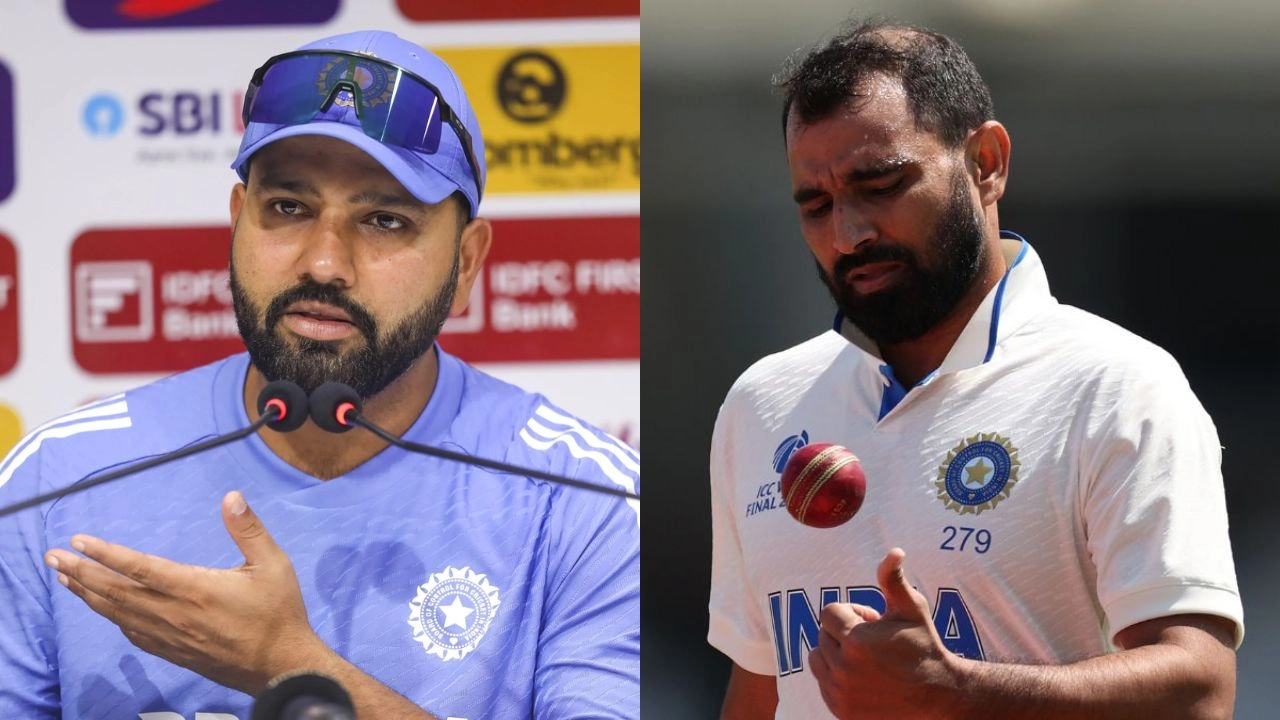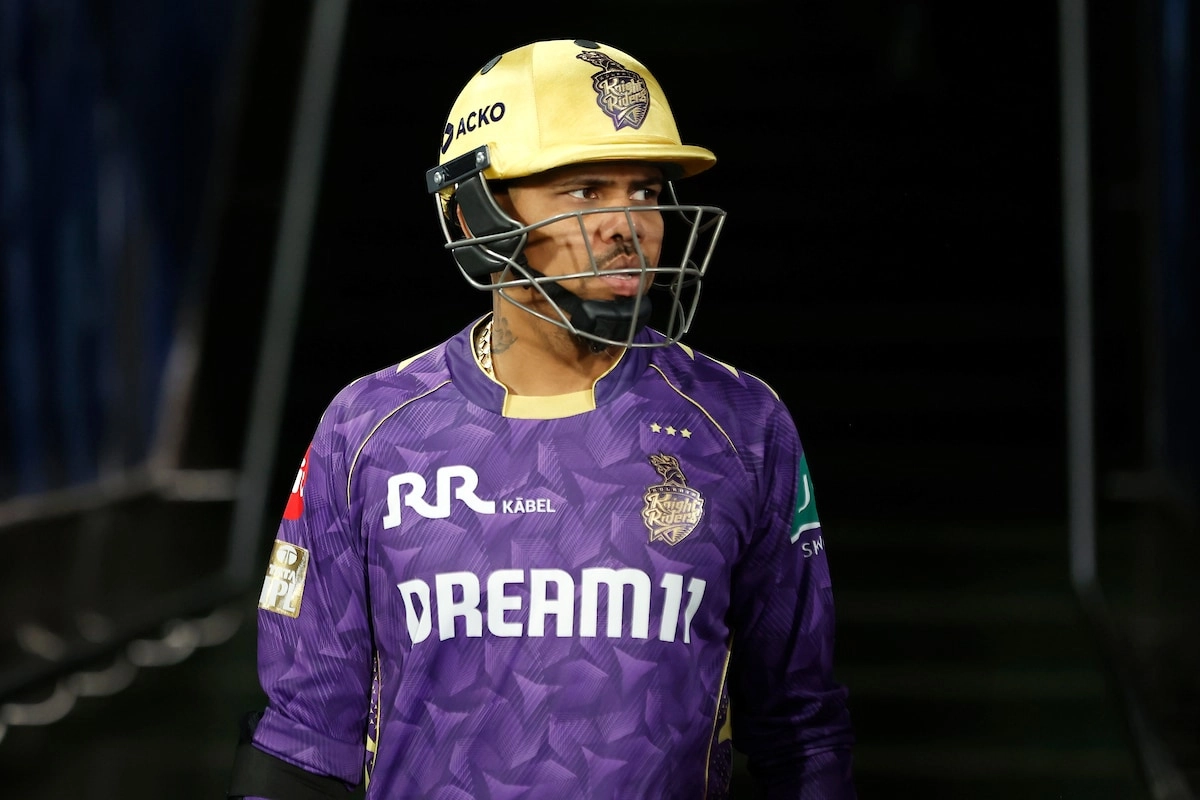The cricketing world was abuzz with speculation when Mohammed Shami’s career with the Indian national team seemingly came to an abrupt halt. Recent revelations have shed light on the roles played by prominent figures such as Rohit Sharma and Gautam Gambhir in this unexpected turn of events. Shami, known for his exceptional bowling skills and ability to perform under pressure, had been a key player for India, especially in limited-overs formats. However, a series of incidents and decisions led to his diminishing presence in the national squad, prompting discussions about the underlying factors contributing to this situation.
Rohit Sharma, as the current captain of the Indian cricket team, holds a significant influence over team selections and strategies. His leadership style and personal preferences undoubtedly play a role in determining the squad’s composition. Reports suggest that there were differences in opinion regarding Shami’s fitness and performance levels, which may have affected his selection. Rohit’s focus on building a well-rounded team capable of excelling in various conditions could have prompted him to prioritize other players who align more closely with his vision for the squad.
On the other hand, Gautam Gambhir, a former cricketer and now a prominent commentator and analyst, has been vocal about the need for accountability within the team. His perspective on Shami’s career trajectory highlights the importance of maintaining high standards in performance and fitness. Gambhir’s insights often resonate with fans and analysts alike, emphasizing that the decision to phase out a player is not merely about individual performance but also about the overall dynamics of the team. The interplay of Rohit’s leadership and Gambhir’s critical evaluations creates a narrative that reflects the complexities of team management in cricket.
As the cricketing community continues to dissect Shami’s situation, it becomes evident that the decisions surrounding his career are multifaceted. While Rohit Sharma’s captaincy and Gambhir’s analytical approach contribute to this narrative, the impact of external factors, such as injuries and emerging talents, cannot be overlooked. The evolution of a player’s career within a national team is often a reflection of collective decisions, and Shami’s case serves as a poignant reminder of the challenges athletes face in maintaining their positions at the highest level of the sport. As discussions around his future persist, fans remain hopeful for a potential resurgence, recognizing Shami’s undeniable talent and contributions to Indian cricket.




